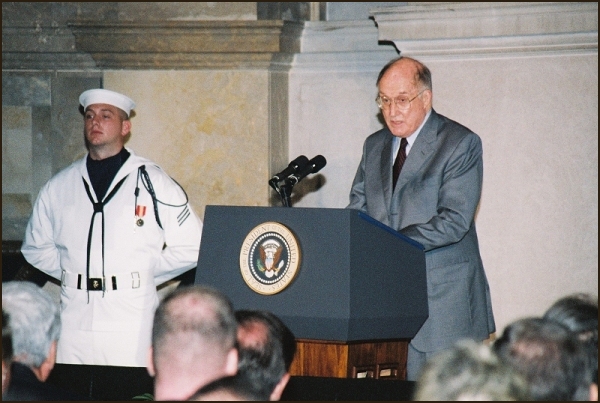Alcatraz Reborn? The Billion-Dollar Battle Over Trump's Plan to Reopen 'The Rock'
The Controversial Plan to Reopen Alcatraz Federal Prison

Imagine the cells of "The Rock" echoing once more with the sounds of incarceration. Alcatraz Island, the infamous former federal penitentiary in San Francisco Bay, finds itself at the heart of a heated political debate yet again. In July 2025, the Trump administration unveiled a highly controversial plan to reopen the historic prison, immediately igniting widespread criticism from California officials and sparking serious questions about the initiative’s actual feasibility and underlying purpose. This comprehensive article delves into the details of this bold proposal, the significant opposition it faces, and the considerable challenges associated with resurrecting “The Rock” as a fully functioning prison facility.
The Reopening Proposal & Official Visit

The bold proposal to reactivate Alcatraz as a federal prison for the nation’s “most ruthless and violent offenders” was revealed after a key visit to the island by U.S. Attorney General Pam Bondi and Interior Secretary Doug Burgum. A Justice Department official confirmed that Bondi toured the historic facility to evaluate the intricate planning requirements for its potential reopening. This ambitious plan from the Trump administration demands Congressional action to override existing environmental safeguards and shift control of the site from the National Park Service.
A Storm of Criticism from California Leaders

The announcement ignited immediate and fierce condemnation from California’s political leadership. Speaker Emerita Nancy Pelosi unequivocally dismissed the Alcatraz reopening plan as “the stupidest initiative yet,” branding it a calculated diversion from more urgent issues and challenging its financial sustainability. She projected that the extensive conversion and perpetual maintenance costs could soar into billions of dollars. Governor Gavin Newsom’s office mirrored this strong opposition, branding the proposal a “distraction.” State Senator Scott Weiner labeled it “absurd,” interpreting it as an assault on the very foundation of the rule of law. San Francisco Mayor Daniel Lurie contended that federal resources would be far better invested in vital community projects within the city, underscoring Alcatraz’s immense current value as a premier tourist destination.
High Costs and Historical Precedent

The immense financial burden of reopening Alcatraz stands as a primary point of contention. Despite Bureau of Prisons Director William Marshall’s confidence in the project’s feasibility, expert estimates indicate that essential repairs alone could near $1 billion, with additional millions required yearly for continuous maintenance. This exorbitant cost directly mirrors the very reasons Alcatraz was originally shut down in 1963: its prohibitively high operating costs. The island was later transferred to the National Park Service in 1972, transforming it into a highly popular tourist attraction and a significant historical landmark.
Questions of Motive and Political Strategy

Beyond the formidable logistical and financial hurdles, many analysts and observers strongly suspect underlying political motivations driving the Alcatraz reopening plan. ABC7 News Bay Area Insider Phil Matier notably suggested that the high-profile visit and subsequent announcement were primarily a publicity stunt meticulously crafted to project President Trump as an unyielding figure "tough on crime." The very timing and controversial nature of this proposal have intensified speculation that its true aim is to divert public attention from other pressing political challenges and controversies.
The future of Alcatraz as a functioning prison remains deeply uncertain. While the Trump administration appears steadfast in its determination to pursue this controversial reopening, the staggering costs, the unified and robust opposition from California officials, and the persistent questions regarding the initiative’s ultimate purpose collectively present formidable obstacles. Whether this ambitious plan will ultimately secure the necessary support in Congress and eventually materialize into reality is a question that remains entirely to be seen.
```